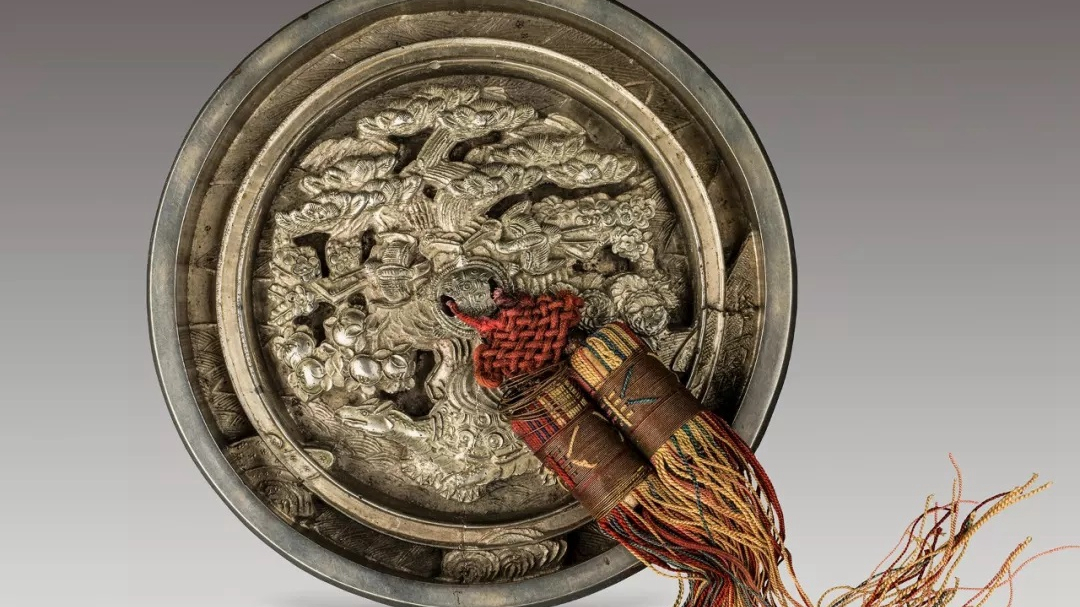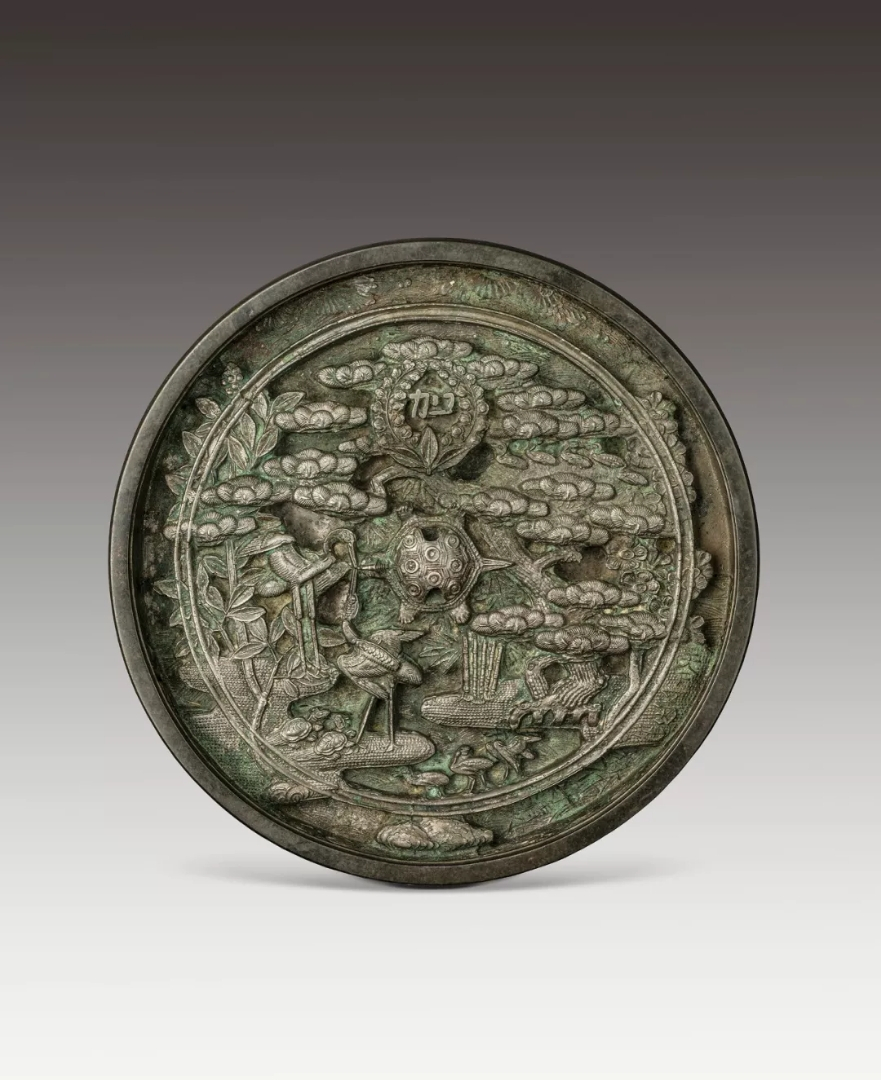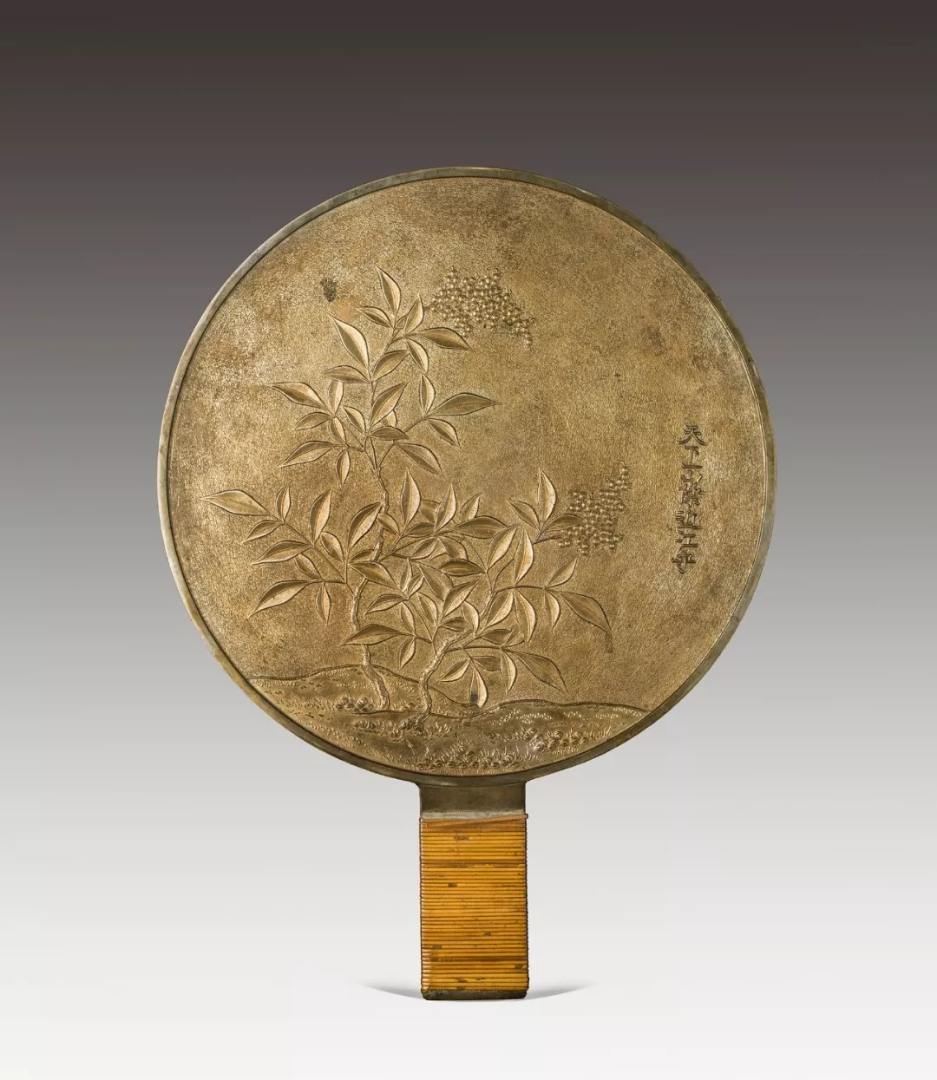
Culture China
09:09, 03-May-2019
Donation of Japanese mirrors gives glimpse into Sino-Japanese history
Updated
13:06, 04-May-2019
By Ding Siyue
02:19

An exhibition featuring Japanese-style bronze mirrors is underway at Tsinghua University Art Museum in Beijing.
Seventy-four exquisite Japanese-style bronze mirrors are on display, all donated to the museum by Tsinghua University alumnus Wang Ganghuai.
The mirrors demonstrate a range of academic disciplines. But not to be overlooked is how they reflect a long history of cultural connections between China and Japan. Generally speaking, Japanese mirrors are divided into three types: the Han-imitation style, the Tang-imitation style, and the purely Japanese style.
"The Japanese mirror is inherited from Chinese culture. In the 1960s, five Han Dynasty bronze mirrors were discovered from this archeological site in Japan. One of them has the exact same mold as what we have collected here today. It provides solid evidence of exchanges between China and Japan over 2,000 years ago," said Wang.

Turtle Knob Hourai Ornament Mirror. /Photo provided to CGTN
Turtle Knob Hourai Ornament Mirror. /Photo provided to CGTN
After absorbing the Chinese culture of the Han and Tang dynasties, Japanese mirrors developed and took on their own appearance. A long transition led to Japanese-style mirrors with their own fully-formed features, during the Edo period: changing the circular knob to a handle, marking the artisan's name, and enriching ornamentations.
"One of the most important themes in Japanese mirrors is the Chinese Penglai Fairyland, known as Hourai. This mirror is a classic of Hourai culture. It shows a huge turtle bearing Mount Hourai. The turtle is associated with longevity," Wang added.
There's an interesting story behind the exchanges of mirrors between China and Japan. The quality of China's bronze mirrors gradually declined after the Song Dynasty. That's when Japan replaced China as having the dominant mirror culture in the east.

Heavenly Bamboo Ornament Handled Mirror. /Photo provided to CGTN
Heavenly Bamboo Ornament Handled Mirror. /Photo provided to CGTN
During the Ming Dynasty, more exquisite Japanese mirrors were sold into China and immediately became fashionable. But later the Japanese government imposed restrictions on maritime trade, causing a sharp decline in the exports.
To meet domestic demand, Chinese workshops began to imitate the Japanese-style mirrors.
Although the Japanese mirror is only a small part of Japanese culture, it reflects many aspects of society.
By showcasing these mirrors, the exhibition aims to explore the cultural background behind them and further reveal the cultural ties between China and Japan throughout history.

SITEMAP
Copyright © 2018 CGTN. Beijing ICP prepared NO.16065310-3
Copyright © 2018 CGTN. Beijing ICP prepared NO.16065310-3